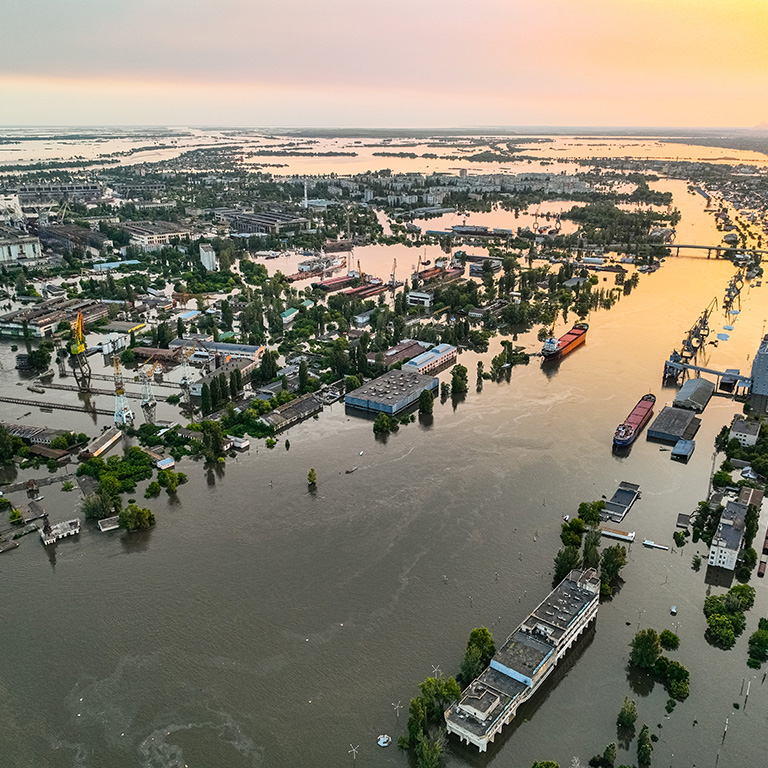
By Amy Barnes ,
Global Head of Energy & Power, Marsh
07/11/2021
On day two of the nature and land-use event, sessions took deeper dives into the loss and damage caused by climate change and the adaptation that will be needed to tackle it. There was also exploration of positive approaches to land use and sustainable agriculture.
Speaking today, Zitouni Ould-Dada of the UN’s Food and Agriculture Organisation noted how agri-food systems are responsible for around a third of global greenhouse gas emissions. Therefore, “agriculture has to receive the same attention as energy and transport” as “a fundamental part of the solution to the climate crisis.”
It is clear that governments, scientists, activists, and indigenous groups need to work together to keep COP26’s goals in reach. Dr Ould-Dada stressed how innovation is “not just about hard technologies, but is also about traditional and indigenous knowledge where innovation happens all the time.”
The pressure on companies to demonstrate resilience and adaptation in the face of increasing climate volatility is mounting — from regulators, investors, and customers.
The World Economic Forum’s Global Risks Report 2020, published with support from Marsh McLennan, sounded the resilience and sustainability alarm. For the first time in the history of the survey, all of the top five global risks in terms of likelihood were environmental risks.
Leaders and experts deemed the number one risk in terms of likelihood to be “extreme weather events with major damage to property, infrastructure, and loss of human life”.
One area of extreme weather that is growing in scale is wildfire. Over the past decade we have seen climate change not only cause a rise in temperature, but also affect rain patterns. Low precipitation and high temperatures lead to dry vegetation, resulting in the increased risk of wildfire.
Now, with scientific advances, climate risks such as wildfires can be modelled with greater accuracy. At Marsh, we help our clients adapt to the increased threat of climate risks by enabling our clients to embed analytics and insights into their risk management and business plans.
This blog is part of the COP26 series.

Report,Featured insight
19/09/2025

Article,Featured insight
15/09/2025